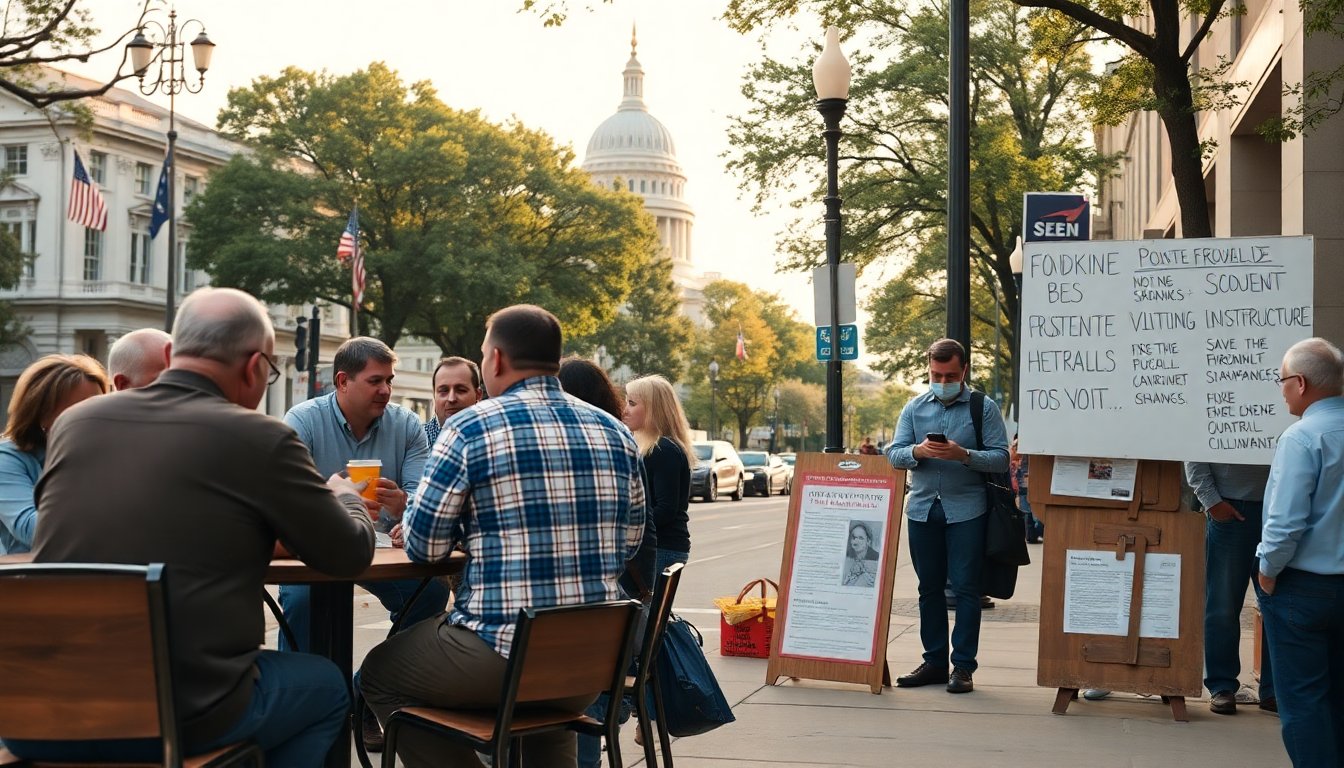Table of Contents
The recent government shutdown in the United States has significantly affected various aspects of daily life. With federal agencies ceasing operations, numerous services have halted, causing concern among citizens. Understanding the full scope of these consequences requires examining the real-life implications for individuals and communities beyond the headlines.
The shutdown disrupts government operations and creates a ripple effect impacting local economies, social services, and federal employees. As the situation develops, assessing how these interruptions resonate with the American public is crucial.
Immediate effects on federal employees and services
One of the most noticeable impacts of the shutdown is on federal employees, many of whom face financial uncertainty without paychecks. These individuals, serving in various capacities across numerous departments, are forced to make difficult financial choices. For instance, some may postpone medical appointments or delay necessary purchases due to the furlough.
Local economies at risk
The economic ramifications extend beyond the workers themselves. Local businesses reliant on federal employees for patronage are also suffering. Restaurants, retail shops, and service providers in regions with significant federal employment are experiencing decreased sales. With less disposable income circulating in these communities, the potential for small business growth diminishes.
The longer the shutdown continues, the more pronounced the effects on local economies become, potentially leading to layoffs or reduced hours for non-government employees.
Wider implications for social services and public assistance
Another critical area affected by the shutdown is social services.
Programs assisting vulnerable populations, including food assistance and housing services, may face disruptions. For instance, the Supplemental Nutrition Assistance Program (SNAP) could encounter funding shortages, jeopardizing food security for millions of families. This situation underscores the interconnectedness of government functions and the essential services many individuals depend upon.
Public health and safety concerns
Moreover, the shutdown poses challenges to public health initiatives. Agencies such as the Centers for Disease Control and Prevention (CDC) may be limited in their ability to respond to health crises, conduct research, or provide essential health information. This could lead to a rise in health-related issues, as preventive measures and health education campaigns are curtailed. In this context, the shutdown affects not only economic wellbeing but also the overall health of the nation.
The political landscape and future outlook
As the shutdown persists, the political ramifications are becoming increasingly evident. Legislators are facing mounting pressure from constituents directly affected by these closures. This situation could reshape political alliances and voter sentiment, significantly impacting upcoming elections. The ability to effectively manage the shutdown could become a critical issue for those in power, influencing their re-election prospects.
Furthermore, the shutdown raises questions about the long-term stability of government operations and budgeting processes. The recurring nature of such impasses highlights the need for more robust mechanisms to ensure that essential services remain funded and operational. There is a growing call among citizens for lawmakers to prioritize bipartisan solutions to prevent future shutdowns.
Navigating the aftermath
The ramifications of the government shutdown extend far beyond Washington, D.C. Its impact resonates throughout the nation, affecting individuals, families, and communities profoundly. As the situation evolves, it is imperative for citizens and lawmakers to address these challenges head-on. By fostering dialogue and seeking collaborative solutions, it may be possible to mitigate the negative consequences of such shutdowns in the future.





